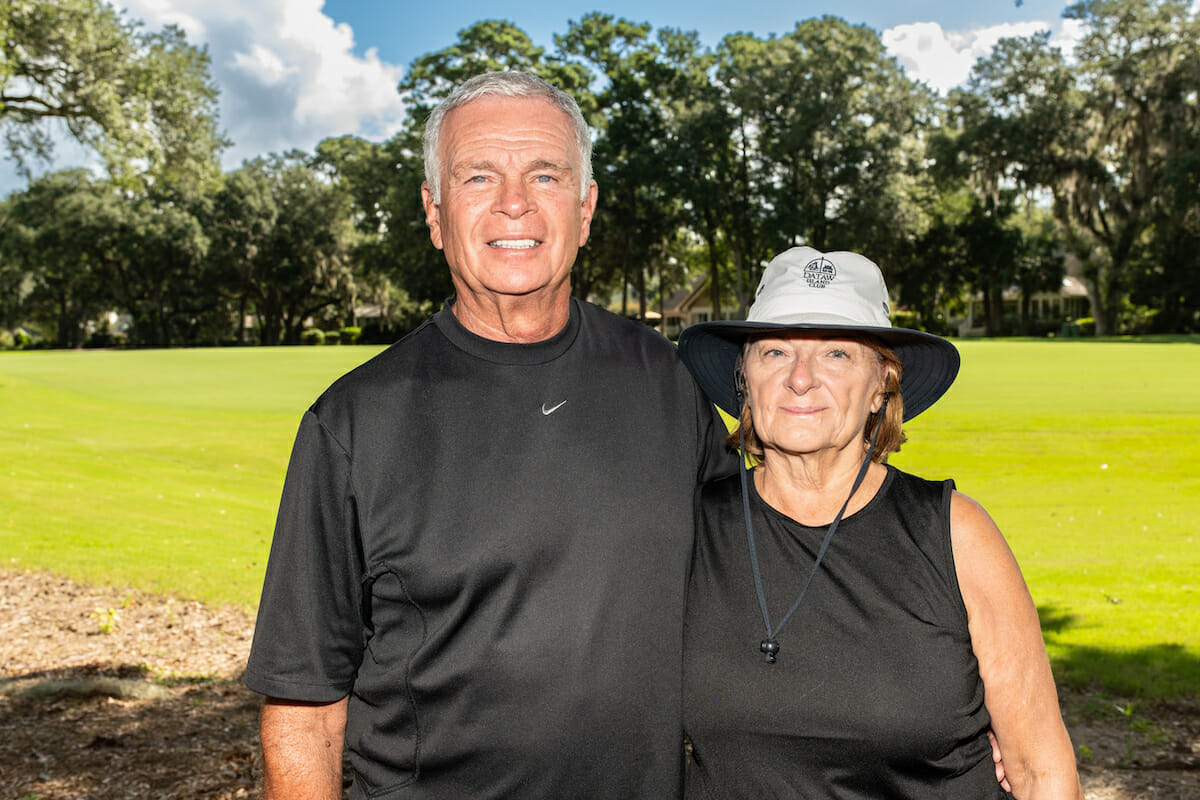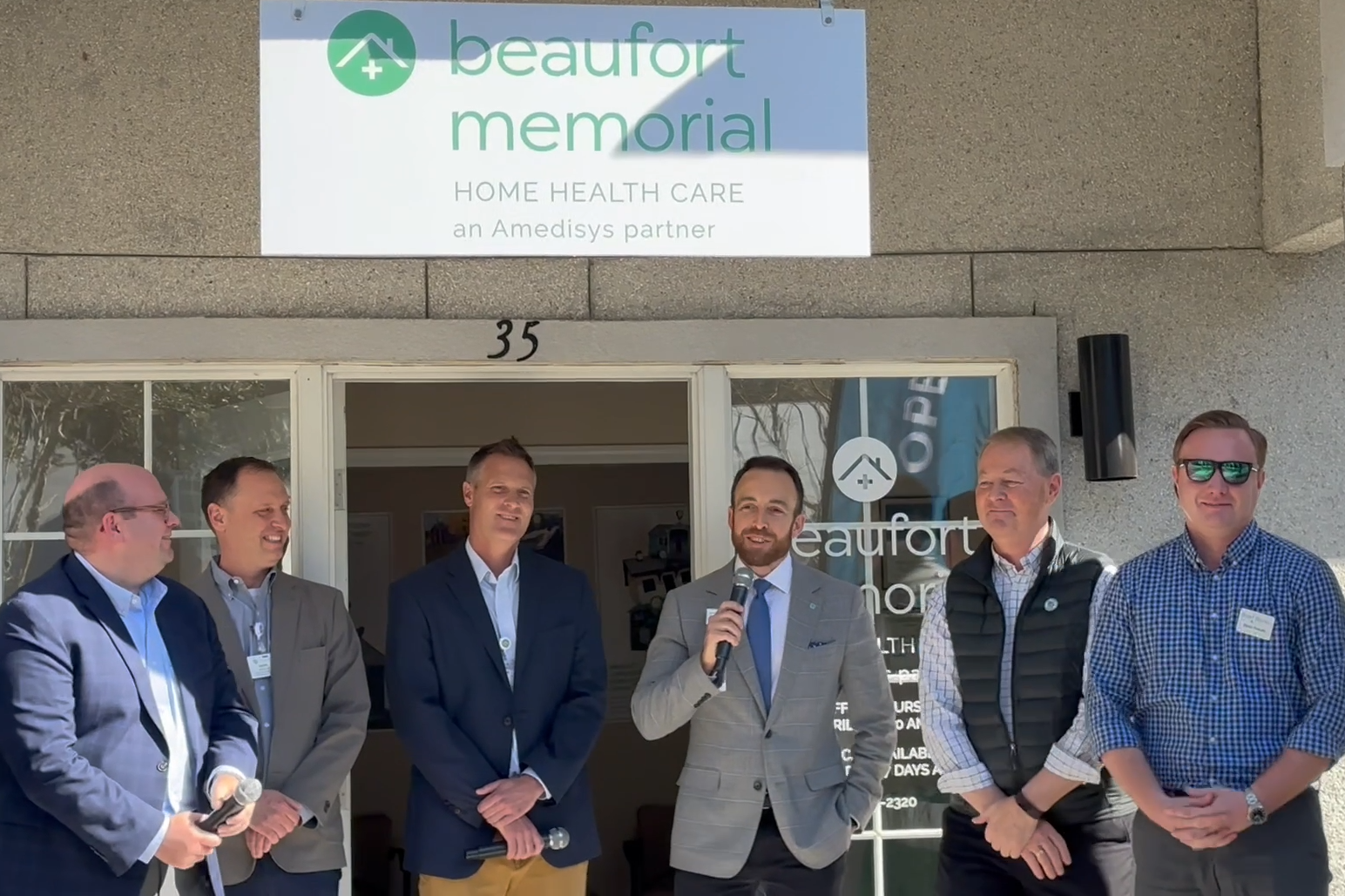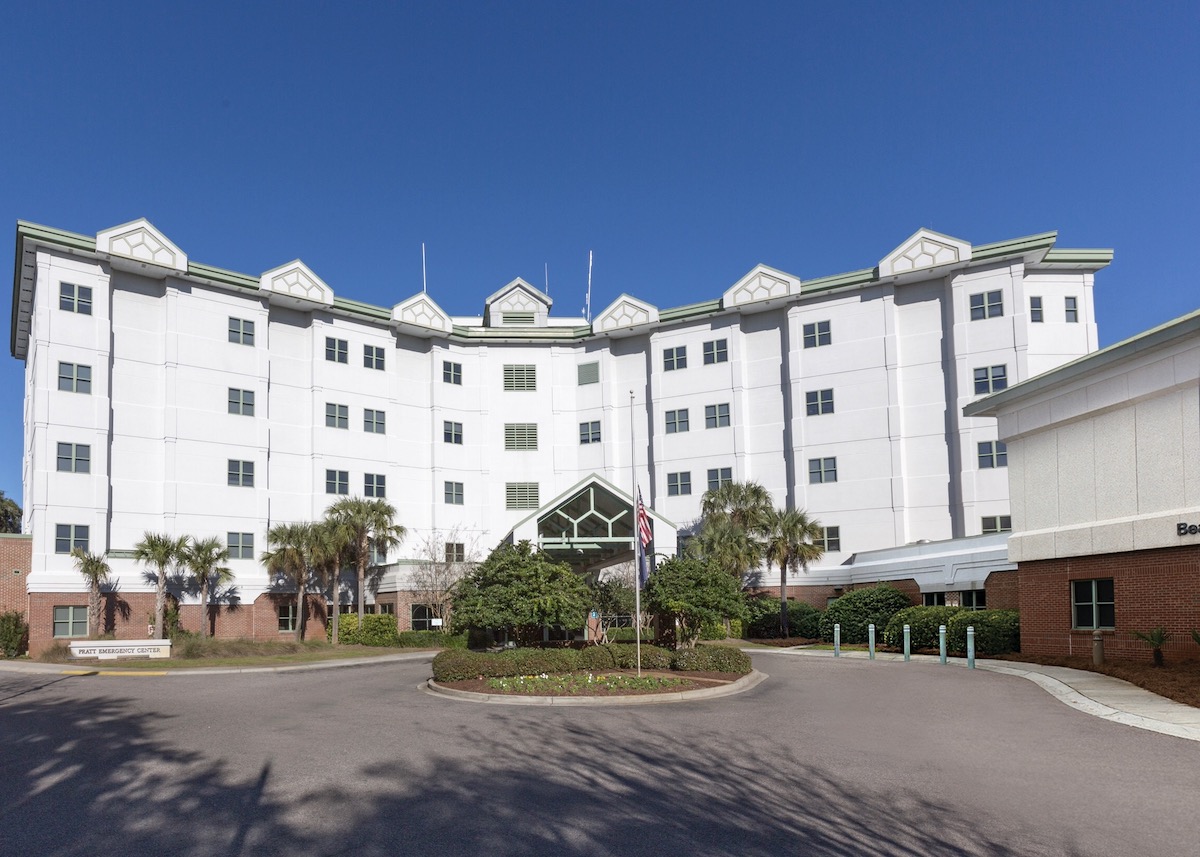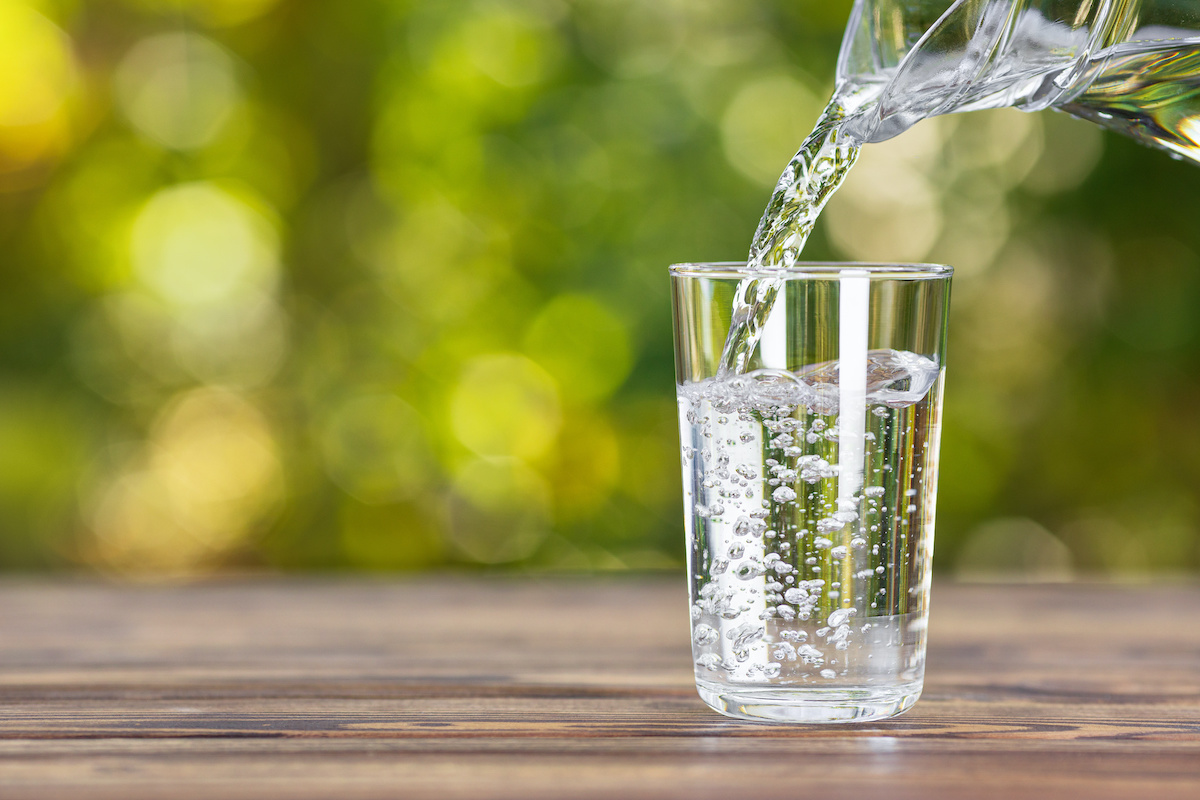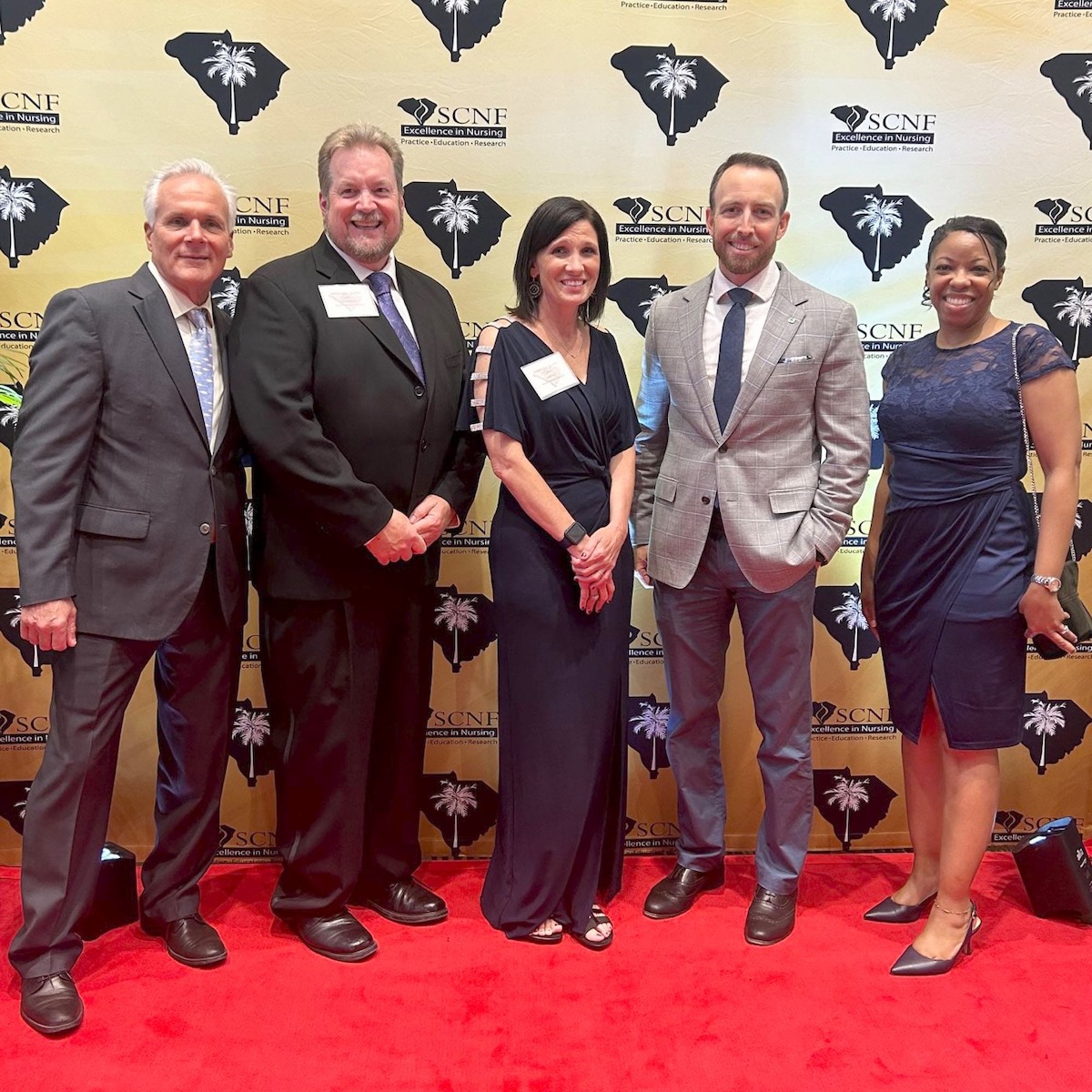By Tony Kukulich
Special to The Island News
Describing themselves as avid golfers and tennis players, New Jersey natives Barb and Jerry Devisser settled into an active retirement on Dataw Island in a tastefully appointed home overlooking one of the neighborhood’s two golf courses nearly a decade ago.
Before their move, Barb taught high school math and with only a glance at Jerry, it’s clear that he was a football coach. He just has that look. What’s less obvious is that he was also an art teacher specializing in ceramics. Much of his work is displayed both in and outside the Devisser home. The art teacher/football coach combination was a unique one, he admitted.
“It was a bit unusual, but always kind of a positive thing,” he said. “I got an opportunity to meet a lot of different kinds of kids, not only the athletes. It was interesting.”
While the pair began considering relocating to a warmer climate to enjoy year-round outdoor activities, fate struck when Jerry won a golf trip to the Bluffton area. Barb joined Jerry on the trip and they were immediately attracted to Lowcountry life. They started looking for a home in the area and discovered Dataw Island.
“As soon as we rode across the causeway, we loved it,” Jerry said. “That was almost 10 years ago. We just did it. We went back, sold our home and came down.”
In addition to having shared careers in education and a love of sports, the Devissers also shared the experience of recently having had joint replacement surgery. Jerry was first with hip replacement in November 2021, and Barb followed with a total knee replacement in May 2022.
Jerry explained that he had been dealing with knee pain for about a year. While he was still able to play golf and tennis, albeit with some minor discomfort, it was everyday motion that became problematic. He began to have trouble bending forward to do things like tie his shoes or get up from a chair.
While playing tennis, Jerry then suffered what he thought was a muscle pull. During an appointment with board-certified orthopedic specialist Dr. H. Kevin Jones at Beaufort Memorial Orthopaedic Specialists, Jerry mentioned the muscle pain, and Jones suspected it might actually be an indication of a hip problem.
“He took x-rays and it looked like it was arthritic,” Jerry said. “He said that once it got started it would go pretty quickly.”
Despite Jones’ warning about the expected path of progression, at first Jerry was reluctant to accept the diagnosis.
“He tried to exercise his way out of it,” Barb added. “It was not successful. He was in denial for a while.”
Two months later he had the surgery.
Every patient’s experience with surgery is different, to be sure. But it’s fair to say that Jerry’s experience was easier than some, maybe easier than most. He was in surgery at 8:30 a.m. and into recovery in about 90 minutes. By 3 p.m., he was walking out of the hospital.
His recovery was notable for his lack of pain, and relatively little physical therapy.
“They say that between the nerve block and the anesthesia, the first two days or so, they tell you you’re not going to feel anything,” Jerry explained. “You’re going to feel wonderful. The second or third day, once it all wears off, you’re going to have a significant amount of pain. I didn’t experience that. Some people do.”
Fortunately for Jerry, the hip replacement seems to have had the added benefit of relieving stress on his troublesome knee.
“The pain from the hip was radiating down into my knee,” he noted. “It was the knee that was hurting more than the hip initially. But since I had the hip done, the knee has been much better.”
Within six weeks, Jerry was chipping and putting on the golf course. By the eight-week mark post-surgery, he was playing 18 holes again, though he notes that returning to tennis was a little slower.
“Recovery is not totally predictable,” Dr. Jones said. “It depends on the individual to some extent. You will find that patients that are already active, have been on an exercise program and have a good range of motion will tend to recover faster.”
In Barb’s case, leading up to her surgery, she had been dealing for some time with a knee she described as ‘cranky.’ She wore a knee brace when she played tennis, but the pain was usually nothing more than a minor distraction treated with occasional over-the-counter medication. Jones told Barb that her knee was bone on bone, and replacement would definitely be necessary at some point.
“What that means is that the patient loses their articular cartilage, which is the cushion in the joint between the bone surfaces,” Jones explained. “When you look at an x-ray, you see that there’s space between the bones. There isn’t really space there. There’s cartilage there. Cartilage doesn’t show up on an x-ray. When you see the bones getting closer together, you know that you’re losing cartilage. In the worst case, there’s really no space, and it’s bone against bone.”
When Barb’s knee took a turn for the worse, she went from playing several hours of tennis to being unable to take a step in just a few days. It improved with rest, but she said it still wasn’t the same. After consultation with Jones, she opted for the surgery.
Jones used the Mako Robotic Arm-Assisted Surgery System for both Jerry’s hip replacement and Barb’s knee replacement.
“The Mako allows us to create a surgical plan unique to a patient’s anatomy, and then use the robotic arm to implant the components with greater precision, leading to better function and more natural movement,” said Dr. Jones. “In addition, the precision of the robotic arm allows cuts to occur in a way that they do not impact the tissue surrounding the bone.”
Barb’s total knee replacement surgery and her subsequent recovery went about as well as she could have hoped, a fact that she attributes, at least in part, to the Mako surgical process.
“I had the robotic surgery the same as Jerry,” she said. “It’s custom made. It’s less trauma. It was a little more than an hour in surgery.”
And while she experienced what she refers to as “discomfort,” for both the Devissers, recovery pain – and time – was minimal.
“I don’t know that it could have been much better for us,” she said. “You definitely know you had surgery. You definitely have discomfort at times. It’ll wake you up sometime at night. But I kept saying that nothing was ever terrible.”
Ten weeks after her surgery, and following a course of regular physical therapy, Barb was back on the tennis court hitting balls launched from a machine and practicing her short game on the golf course. Now nine months later, she’s back to playing golf and tennis several times a week.
“It’s hard to believe that we don’t even think about the replacements anymore,” said Barb, adding that she and Jerry are both just happy to be able to comfortably play their favorite sports again.
“A lot of people say it’s the best thing they ever did,” she said. “I don’t know if I’d say that because I didn’t struggle with years of pain beforehand the way some patients have. But I’m glad we did it. It’s gone very well for both of us.”
For more information about joint replacement and orthopedic care visit BeaufortMemorial.org/Ortho.


